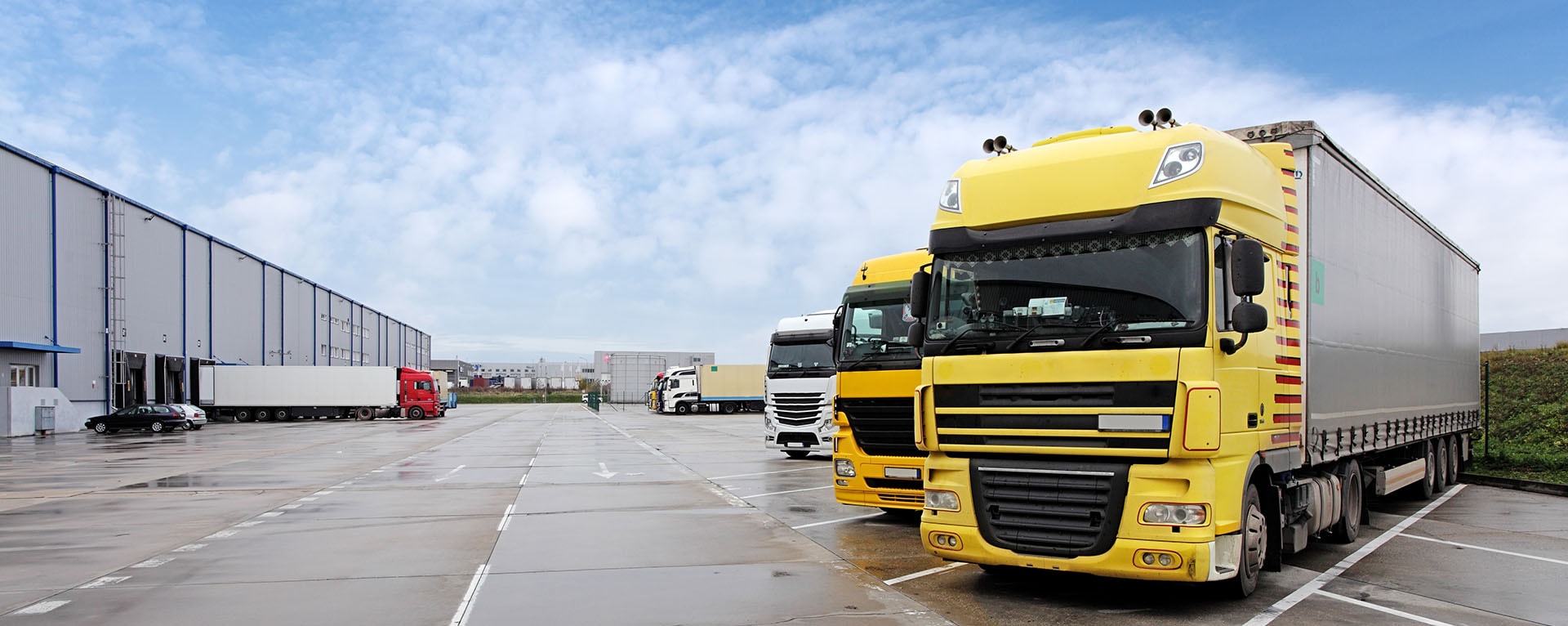The United States relies on a vast and intricate network of logistics and transportation services to keep goods flowing across the nation. At the heart of this complex web are US trucking solutions, the unsung heroes of the supply chain. These solutions play a pivotal role in ensuring that products reach their destinations efficiently and on time, contributing significantly to the nation’s economy. In this comprehensive article, we will explore the critical role of US trucking solutions, the challenges they face, and the innovative approaches that are making logistics more seamless than ever.
The Backbone of American Logistics
1. Nationwide Reach:
US trucking solutions offer unparalleled coverage, connecting urban hubs, rural areas, and remote regions. They serve as the lifeline that bridges geographical gaps, ensuring that goods reach every corner of the country.
2. Supply Chain Efficiency:
The efficiency of the entire supply chain depends heavily on trucking solutions. They facilitate the smooth flow of goods from manufacturers to distributors, retailers, and consumers. This efficiency is crucial in today’s fast-paced and consumer-driven market.
3. Timely Deliveries:
Prompt and reliable deliveries are essential in various industries, including retail, healthcare, manufacturing, and e-commerce. US Trucking Service is known for its ability to meet tight deadlines, helping businesses maintain customer satisfaction.
4. Economic Impact:
The trucking industry is a significant contributor to the US economy. It provides millions of jobs and generates billions in revenue annually, making it an integral part of the nation’s economic infrastructure.
Challenges in the World of US Trucking Solutions
Despite their critical role, US trucking solutions face several challenges that impact their efficiency:
1. Driver Shortage:
The shortage of qualified truck drivers is a persistent challenge. This shortage is attributed to factors such as retirements, stringent regulations, and the demanding nature of the job.
2. Infrastructure Congestion:
Traffic congestion and inadequate infrastructure can lead to delays and increased transportation costs. The expansion and improvement of roadways are necessary to address this issue.
3. Environmental Concerns:
The trucking industry’s carbon footprint and environmental impact are of growing concern. Reducing emissions and adopting greener practices are essential for sustainability.
4. Regulatory Compliance:
The trucking industry is heavily regulated, and compliance with safety and environmental regulations is a constant challenge. Adhering to these regulations while maintaining efficiency can be a balancing act.
Innovative Approaches to Seamless Logistics
In response to these challenges, the US trucking industry has embraced innovation and technology to enhance efficiency and overcome obstacles. Here are some innovative approaches that are transforming the world of US trucking solutions:
1. Automation and Autonomous Vehicles:
The development of autonomous trucks is a game-changer. These vehicles have the potential to increase efficiency, reduce labor costs, and improve safety.
2. Telematics and IoT:
Telematics systems and the Internet of Things (IoT) are being used to collect real-time data on vehicle performance, driver behavior, and cargo conditions. This data helps optimize routes, reduce fuel consumption, and enhance safety.
3. Digital Freight Marketplaces:
Digital platforms connect shippers and carriers, making it easier to find available trucks, negotiate rates, and track shipments. These marketplaces streamline the booking process and improve visibility.
4. Alternative Fuels:
The adoption of alternative fuels, such as natural gas and electric power, is on the rise. These fuels reduce emissions and offer cost savings in the long run.
5. Predictive Analytics:
Advanced analytics and machine learning enable predictive maintenance, helping trucking companies identify and address potential issues before they lead to breakdowns or delays.
6. Eco-Friendly Practices:
Trucking companies are implementing eco-friendly practices like aerodynamic truck designs, energy-efficient tires, and idle reduction technologies to reduce their carbon footprint.
The Benefits of a Seamless Logistics Network
A seamless logistics network powered by efficient US trucking solutions offers numerous benefits:
1. Cost Savings:
Efficiency improvements result in cost savings for both trucking companies and shippers. Reduced fuel consumption, optimized routes, and faster turnarounds lead to lower operating expenses.
2. Reduced Emissions:
Incorporating eco-friendly practices and alternative fuels reduces the environmental impact of trucking. This not only benefits the planet but also aligns with corporate sustainability goals.
3. Improved Safety:
Technology-driven safety measures, such as collision avoidance systems and driver monitoring, enhance road safety and reduce accidents.
4. Enhanced Visibility:
Digital platforms provide real-time visibility into shipments, allowing shippers and customers to track cargo and monitor progress.
5. Competitive Advantage:
Companies that embrace innovation in logistics gain a competitive edge. Faster deliveries and more reliable service can set them apart in today’s competitive market.
The Future of US Trucking Solutions
The future of US trucking solutions holds great promise. As technology continues to advance, the industry will see even more innovative solutions that address existing challenges and create new opportunities. Some key trends and developments on the horizon include:
1. Further Automation:
The development and deployment of autonomous trucks will continue to evolve, potentially reshaping the industry’s labor dynamics.
2. Sustainability Initiatives:
Trucking companies will increasingly focus on sustainability, exploring new fuel alternatives and green technologies to reduce their environmental footprint.
3. Data-Driven Decision-Making:
Advanced data analytics will play an integral role in optimizing operations, from route planning to predictive maintenance.
4. Enhanced Connectivity:
The integration of IoT devices and telematics will enable seamless communication between vehicles, infrastructure, and logistics systems.
5. Resilience Planning:
The industry will place a greater emphasis on resilience planning, ensuring that supply chains can withstand disruptions like natural disasters or pandemics.
Conclusion
Efficient US trucking solutions are the backbone of American logistics, powering the movement of goods across the nation. They play a vital role in ensuring timely deliveries, supporting economic growth, and meeting the demands of today’s fast-paced market.
While challenges such as driver shortages and environmental concerns persist, the industry is actively embracing innovation and technology to enhance efficiency, reduce costs, and minimize its environmental impact. As the future unfolds, we can expect to see even more transformative developments that will further streamline logistics and solidify the position of US trucking solutions as the essential link in the supply chain.

